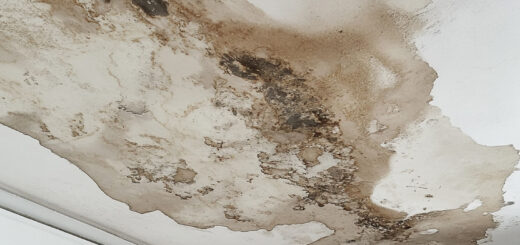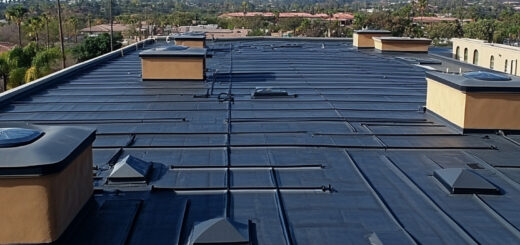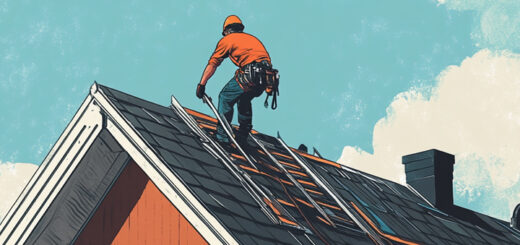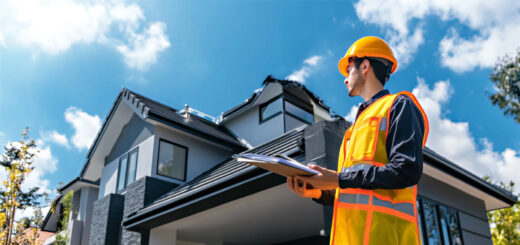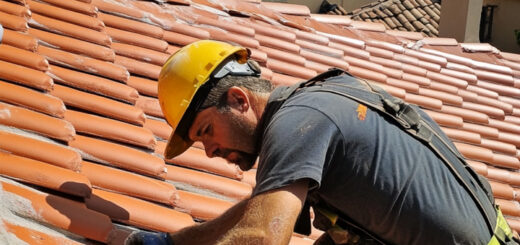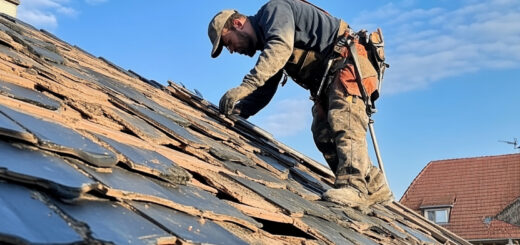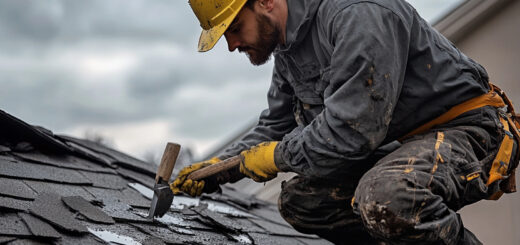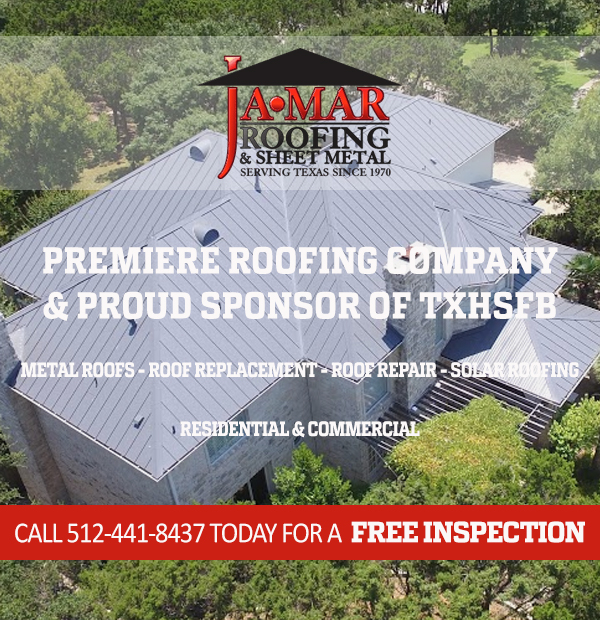The Ultimate Guide to Roof Repair, Maintenance, and Replacement
Your roof is one of the most important structural components of your home. It protects you from the elements, enhances energy efficiency, and contributes to your property’s overall aesthetic. However, over time, exposure to harsh weather conditions, aging materials, and general wear and tear can lead to roofing problems that require repair or replacement.
This comprehensive guide will take you through everything you need to know about roof repair, maintenance, and when it’s time for a complete replacement. Whether you’re dealing with minor leaks or extensive storm damage, this guide will help you make informed decisions about keeping your roof in top condition.
Understanding Different Types of Roofing Materials
One of the key factors influencing the durability and longevity of your roof is the type of material used. Different roofing materials have varying lifespans, maintenance requirements, and resistance to weather conditions.
1. Asphalt Shingles
Asphalt shingles are the most common roofing material in the U.S., known for their affordability and ease of installation.
- Lifespan: 15–30 years
- Maintenance: Periodic inspection for curling, cracking, or missing shingles
- Pros: Cost-effective, available in a variety of colors
- Cons: Less durable compared to metal or tile roofing
(Learn more about asphalt shingles: Wikipedia – Asphalt Shingle Roofing)
2. Metal Roofing
Metal roofs have become increasingly popular due to their durability and energy efficiency.
- Lifespan: 40–70 years
- Maintenance: Occasional inspections for rust, loose fasteners, or dents
- Pros: Long-lasting, fire-resistant, energy-efficient
- Cons: Higher upfront costs, noise during heavy rain
(More on metal roofing: Metal Roof Alliance)
3. Tile Roofing
Clay or concrete tile roofs are known for their longevity and aesthetic appeal, especially in warmer climates.
- Lifespan: 50–100 years
- Maintenance: Regular inspection for cracks or loose tiles
- Pros: Extremely durable, resistant to fire and rot
- Cons: Heavyweight, requiring strong structural support
(Explore more: Tile Roofing Industry Alliance)
4. Wood Shake & Shingle Roofing
A traditional and natural-looking roofing option that adds rustic charm to homes.
- Lifespan: 30–50 years
- Maintenance: Regular sealing and treatment to prevent rot and insect infestation
- Pros: Eco-friendly, aesthetically appealing
- Cons: High maintenance, flammable unless treated
(Read about wooden roofing: Wikipedia – Wood Shingle)
Common Roofing Issues and How to Fix Them
No matter the type of roofing material, issues can arise due to weather exposure, improper installation, or aging. Here are some of the most common roofing problems homeowners face:
1. Roof Leaks
Leaks are among the most frequent roofing issues, often caused by broken shingles, cracked flashing, or poor installation.
- Signs of a leak: Water stains on ceilings, mold growth, peeling paint
- Fix: Replace damaged shingles, reseal flashing, or install new underlayment
2. Missing or Damaged Shingles
High winds, storms, or poor-quality materials can lead to missing shingles.
- Solution: Replace missing shingles immediately to prevent further damage
3. Clogged Gutters
Gutters filled with debris can cause water to back up under shingles, leading to leaks and rot.
- Prevention: Clean gutters at least twice a year, install gutter guards
(Learn more about gutter maintenance: Home Depot – Gutter Cleaning Guide)
4. Poor Ventilation
Improper ventilation can cause heat buildup in the attic, leading to premature shingle wear and moisture issues.
- Solution: Install ridge vents, soffit vents, or attic fans to improve airflow
(More on ventilation: Energy.gov – Attic Ventilation)
When Should You Replace Your Roof?
If repairs are becoming too frequent or costly, it might be time to replace your roof entirely. Here are key indicators that a roof replacement is necessary:
- Age: If your roof is nearing the end of its expected lifespan
- Extensive Damage: Multiple leaks, widespread mold, or sagging structure
- High Energy Bills: A failing roof can result in poor insulation, increasing heating and cooling costs
- Curb Appeal: A new roof enhances your home’s appearance and value
(For insights on roof replacement costs: Forbes – Roof Replacement Guide)
Choosing the Right Roofing Contractor
Hiring a reputable roofing contractor ensures quality work and peace of mind. Here’s what to look for:
- Licensed & Insured: Always check for proper licensing and insurance coverage
- Experience & Reviews: Look at customer reviews and previous work examples
- Warranty Offers: Ensure they provide warranties on materials and workmanship
- Detailed Estimates: Avoid vague contracts; get a written estimate before starting work
(Verify contractor credentials: Better Business Bureau )
Final Thoughts
Taking care of your roof is crucial to maintaining the safety, efficiency, and value of your home. Regular inspections, timely repairs, and choosing high-quality materials will ensure that your roof remains in excellent condition for years to come. If you suspect your roof needs attention, don’t delay—contact a professional roofing expert to assess the situation.

